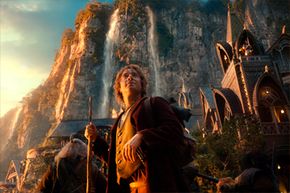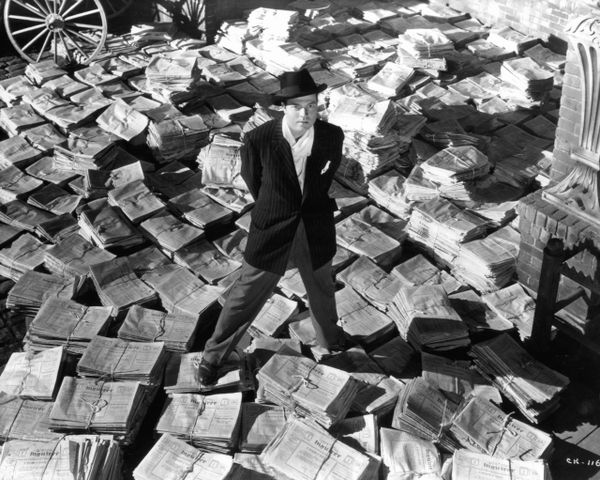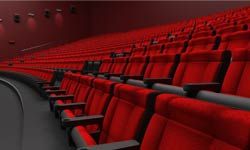When the first two movies from Peter Jackson's "The Hobbit" series came out in 2012 and 2013, theatergoers and film critics paid a lot of attention to one detail – and it had nothing to do with the story. Jackson's decision to film the movies at 48 frames per second (fps) instead of the industry standard 24 fps caused a flurry of controversy.
High frame rate (HFR) films, such as 48 fps, are a relatively new development in filmmaking. The practice of filming with high frame rates makes images more realistic, eliminates strobing (jerky or inconsistent visuals) and blurring in action scenes, and creates smoother slow motion scenes. Sounds great, right?
Advertisement
Rather than praise an improved viewing experience, many complained that the HFR made Jackson's movies look so lifelike and real that the images on the screen were distracting and difficult to watch. They compared the viewing experience to watching a television show, which is typically shot on videotape at 30 fps. Think of an infomercial or a cooking show – those are usually shot at 30 fps, in comparison to a standard movie's 24 fps. And remember: Jackson's films were shot at 48!
Our brains are simply accustomed to watching films with standard frame rates. It takes a while to get used to processing an HFR film. Jackson said it only takes about 10 minutes, but most people find it takes at least an hour. Also, HFR makes it look like the characters are moving faster than normal, which can be disconcerting to the viewer.
Critics of HFR say we're used to the warm, grainy texture of film, which makes us feel like we're entering another world. But HFR movies are so hyper-realistic that we're pointedly aware we are watching a movie. Some scenes can come across "plasticky" or clinical. The detail is so sharp and clear that the viewer may not even know where to focus on the screen; there is simply too much to look at.
Vincent Laforet, a photographer and director, tells an interesting anecdote on the tech blog Gizmodo about seeing "The Hobbit: An Unexpected Journey" in 3-D HFR and then in standard frame rates. He found that the audience didn't laugh as much during comedic scenes in the HFR version. He was unable to connect with the characters in HFR because he was too visually engaged with everything else on the screen. However, watching the film in standard resolution, he heard more laughs from the audience and felt more connected to the movie.
Of course, HFR has its proponents as well, including director James Cameron. When working with any fledgling technology, directors have to adjust their style and strategies. And if HFR becomes the new standard, the next generation won't see anything amiss in films.
Advertisement


